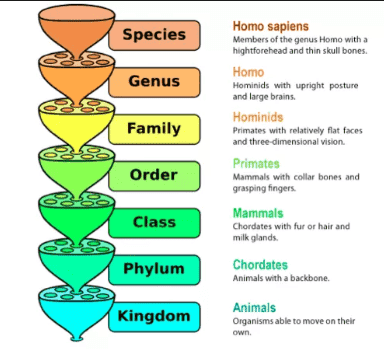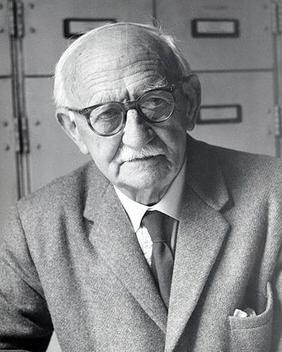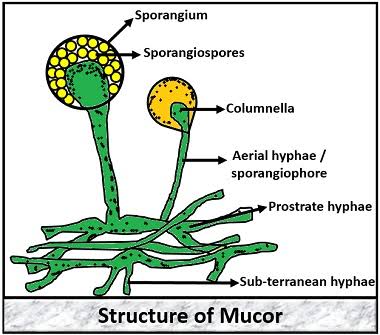GROUP - IV
ORDER - Picornavirales
FAMILY - Picornaviridae
GENUS - Enterovirus
GENOME - Single-component single stranded RNA of about 7,500 nucleotides, encoding 11 proteins from a single polyprotein
GEOGRAPHY - Once worldwide, now quite limited.
HOSTS - Humans
ASSOCIATED DISEASES - Poliomyelitis, infantile paralysis
TRANSMISSION - Fecal-oral route, contaminated water
VACCINE - Live attenuated and killed
 |
| Source wikipedia |
A pathogen that resists eradication Poliovirusis one of the most well-studied viruses; many landmarks in molecular virology were developed with polio. It was the first RNA virus where an infectious clone was made, which allowed new tools to understand each viral protein in detail. Poliovirus is still used extensively to understand how RNA viruses evolve.
Although Poliovirus has probably infected humans since ancient times, poliomyelitis, or infantile paralysis was very rare until the twentieth century. The disease changed to become a serious problem in older children and adults. This is likely because people recognized that diseases could be carried in water, and water supplies were decontaminated with filtration or chemicals such as chlorine.
Before this, most children contracted polio when they were very young, and in infants the virus rarely causes any noticeable symptoms.
This early infection provided life-long immunity. Although water was cleaned up, sewage treatment was not widespread until the 1960s and 1970s, so exposure to polio still occurred, but from sources other than drinking water. When people first acquired polio at later stages of childhood, poliomyelitis became more common. Franklin D. Roosevelt contracted polio in 1921 and remained in a wheelchair for the rest of his life. When he became the 32nd president of the United States he started a “war on polio,” and began the Foundation for Infantile Paralysis, now the March of Dimes. The polio vaccine changed the face of the disease; introduced as a heat-killed virus vaccine in 1954, widespread vaccination began in 1962 when an attenuated vaccine was introduced that could be given in sugar cubes.
This form is used throughout much of the world today, although the heat-killed vaccine is used in developed countries.
The WHO and the US CDC hoped to eradicate polio completely by the year 2000, but this proved impossible. The attenuated strain in the live vaccine can, very rarely, escape and cause poliomyelitis. This is the source of much of the polio in the world today.
















0 Comments
If you have any query let me know.